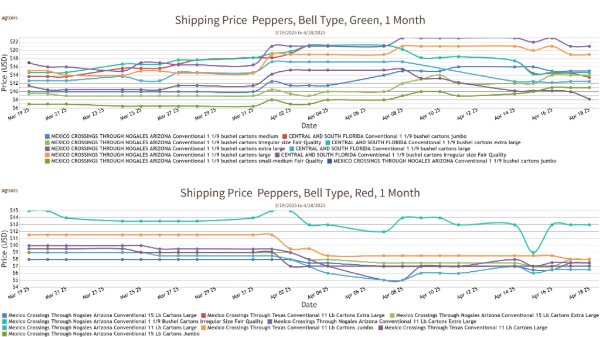Welcome to Blue Book!
Are you ready to join the thousands of companies who rely on Blue Book to drive smarter decisions? View our plans and get started today!
Still have questions? We’d love to show you what Blue Book can do for you. Drop us a line– we’ve been waiting for you.

Elsewhere, there’s the South American sapote of the Malvaceae family, growing wild in the rainforests of the Amazon, and the delectable white sapote of the Rutaceae family, native to Mexico and Central America. This particular fruit has greenish-yellow skin, a soft custard texture, and a sweet, delicious flavor with hints of mango, vanilla, and peach.
Caplan calls it a “sweet avocado.” Although it can be difficult to keep track of all the different fruits that bear the sapote name, once you taste any of them, you’ll want to remember these tasty sweet treats.
The skin of the star fruit is inedible.
FALSE! Star fruit, or carambola (its name in Spanish-speaking countries), originated in Sri Lanka and spread to southeast Asia, but has become extremely popular in the Latin world, particularly the Caribbean.
While the interior of the luscious star fruit (so named because when cut in cross-section it resembles a star with four to seven points), is juicy and sweet and sometimes a bit tart, the skin is perfectly edible and delicious as well.
Brooks Tropicals’ Ostlund contends that eating the skin adds a textural element to the fruit, giving a slight crunchy quality to the otherwise grape-like juiciness of the meat or flesh. It can be used in any number of ways, from mixing with yogurt or adding to a fruit salad to drinking the juice, mixing it in with a fruit smoothie, or using as a dessert filling.
Rodosta, however, warns that star fruit’s sweet, vibrant yellow skin can be dangerous. “If you have kidney problems, you should avoid this fruit. People with kidney stones, kidney failure, or dialysis treatment cannot filter out the neurotoxins (caramboxin and oxalic acid) the fruit contains.” For most people, however, carambola is both safe and healthful.
Food of the Future
The Latin flavor of America isn’t going away anytime soon. There are already tens of millions of Spanish speakers in the United States, and more are arriving every day. By the year 2020, it is estimated that over 40 million native Spanish speakers will live in cities throughout the United States.
As economic and demographic patterns shift, America’s culture and cuisine will continue to evolve to include a broad range of culinary traditions and expanding line of exotically delicious fruits and vegetables.
As the questions and answers on the preceding pages demonstrate, learning about these marvelous items and dishes isn’t just an exercise in trivia; it’s an entertaining glimpse into the future of the produce industry.
Image: Seanika/Shutterstock.com.








